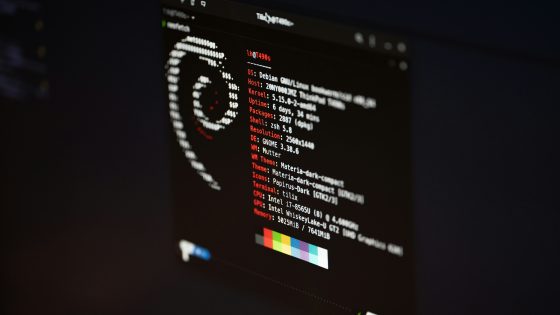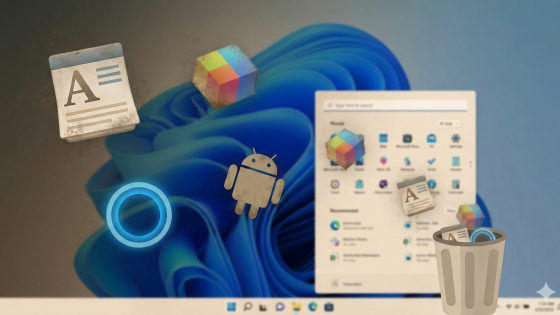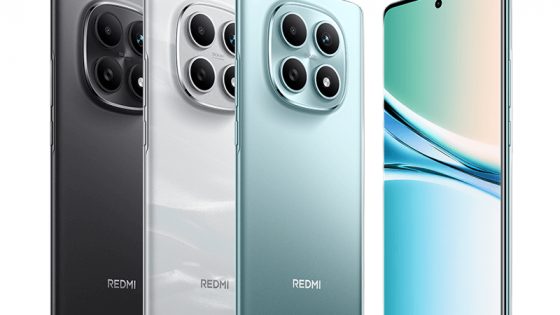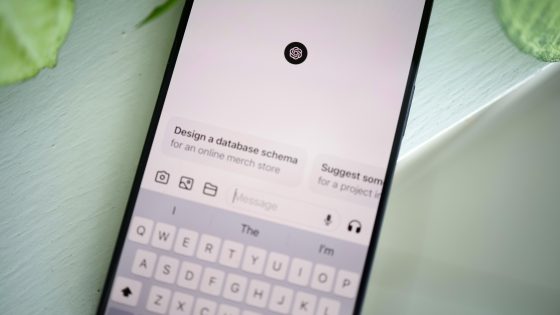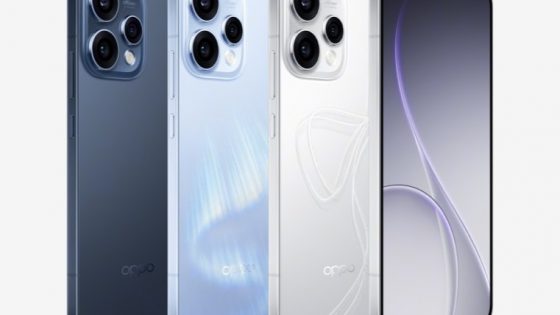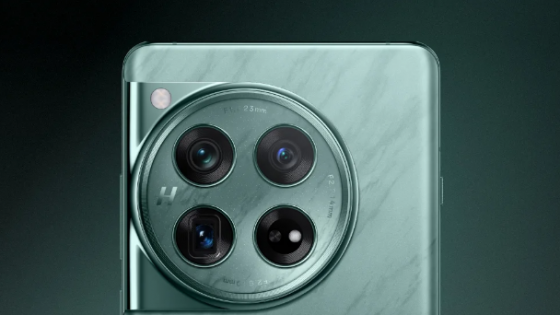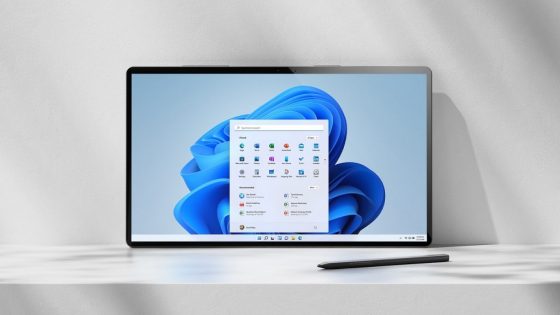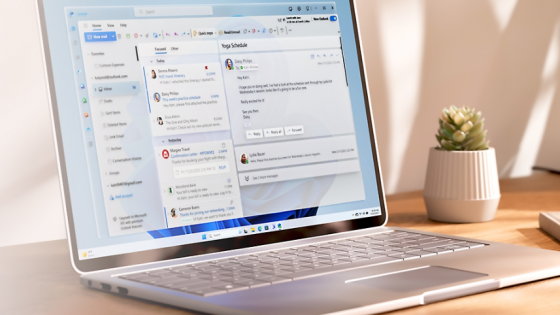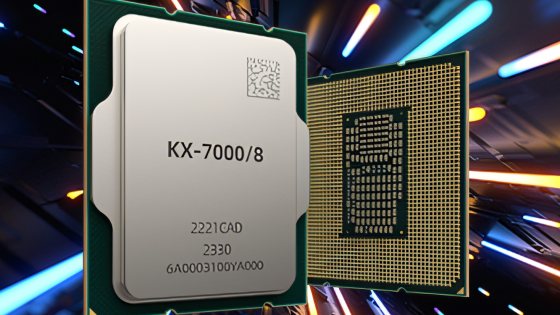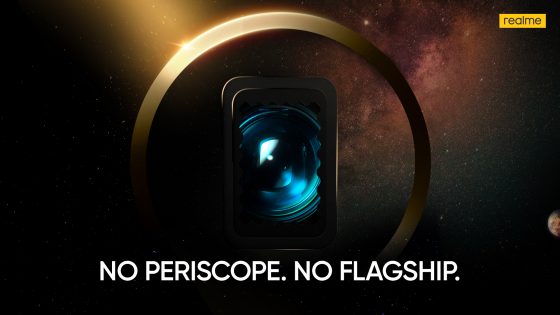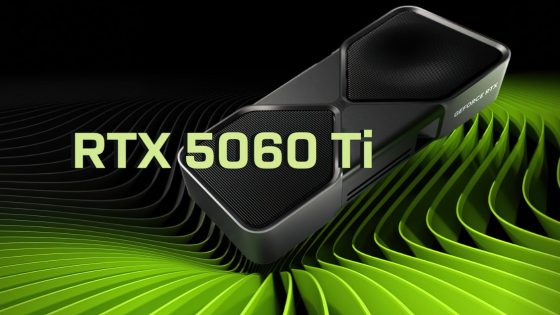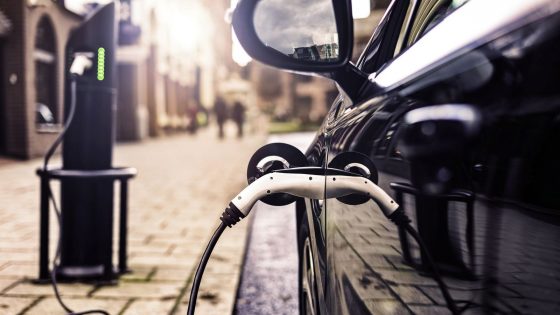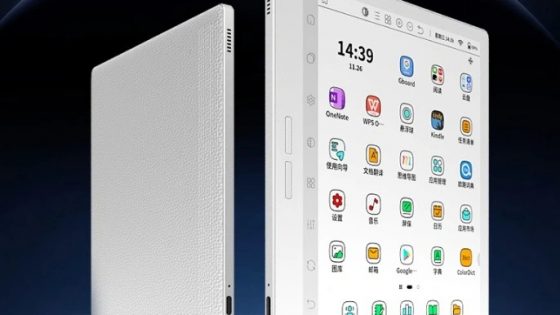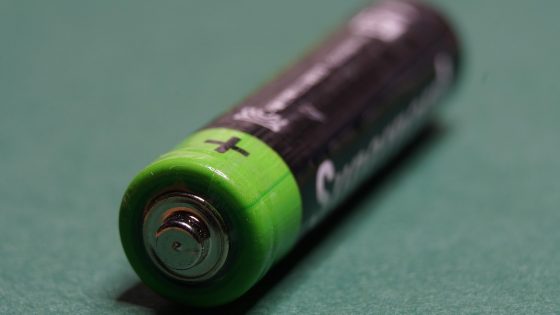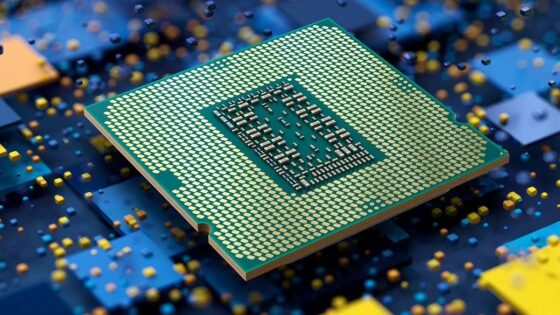How do smart watches and their sensors work?
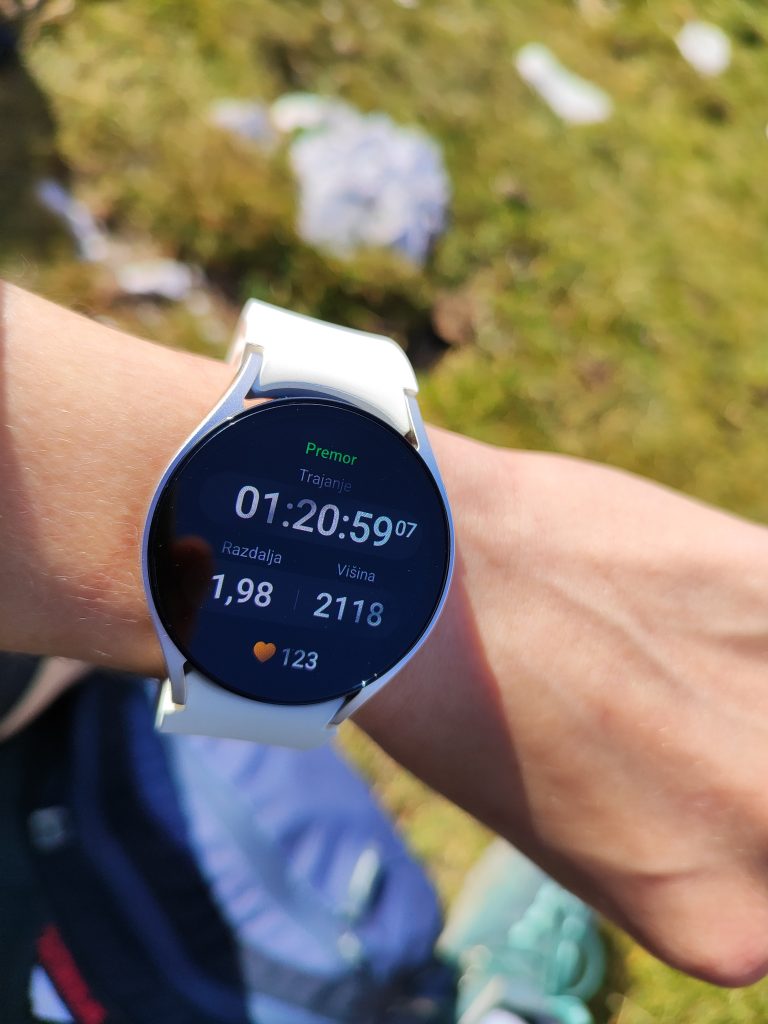
But very few ask how smart watches work, or rather, how smart watch sensors work. I've never delved into it myself. I was aware of what sensors were usually installed and knew a rough theory of how they worked, but I could never find the motivation to get to the bottom of it.
The idea for the article came when I was on an airplane wondering why my airplane watch wasn't showing the correct altitude. A fellow journalist explained to me that it regulates itself depending on the pressure. And since the pressure in the cabin is adjusted for staying at an altitude of several thousand meters, it was completely understandable to me why my smart watch showed me that I was at the height of Šmarna gora.
From there, I started wondering how the watch measures heart rate, steps, blood oxygen saturation, stress, and all the other data. Given that wearables have become a multi-billion dollar industry, and that their development and use will only accelerate, it makes sense to understand what's going on behind the scenes of the technology that accompanies us from morning to night - and often at night too.
What sensors are built into smart watches?
Smartwatches are extremely versatile devices, in some ways even more so than smartphones. We can use them to monitor notifications, messages, calls, monitor physical condition and progress, and even play games, although it is not exactly a brilliant experience. We are most interested in the analysis of the body and the performance of the smart watch during exercise and also during rest (sleep). All this is made possible by sensors.
- An acceleration sensor measures acceleration or force in three dimensions: x, y, and z. It can detect static (gravitational) and dynamic (motion or vibration) acceleration.
- Unlike an accelerometer, a gyroscope measures exclusively angular accelerations.
- The heart rate sensor understandably takes care of heart rate measurement during exercise and at rest.
- GPS is a sensor that uses satellite signals to determine the user's location.
- A barometer or barometric pressure sensor measures air pressure, which can be used to determine altitude.
This is a rough representation of which sensors are typically built into smartwatches. Depending on the watch, it can also contain an ECG, a depth sensor, a temperature sensor, a magnetometer, and the like. Let's take a closer look at how each individual sensor works.
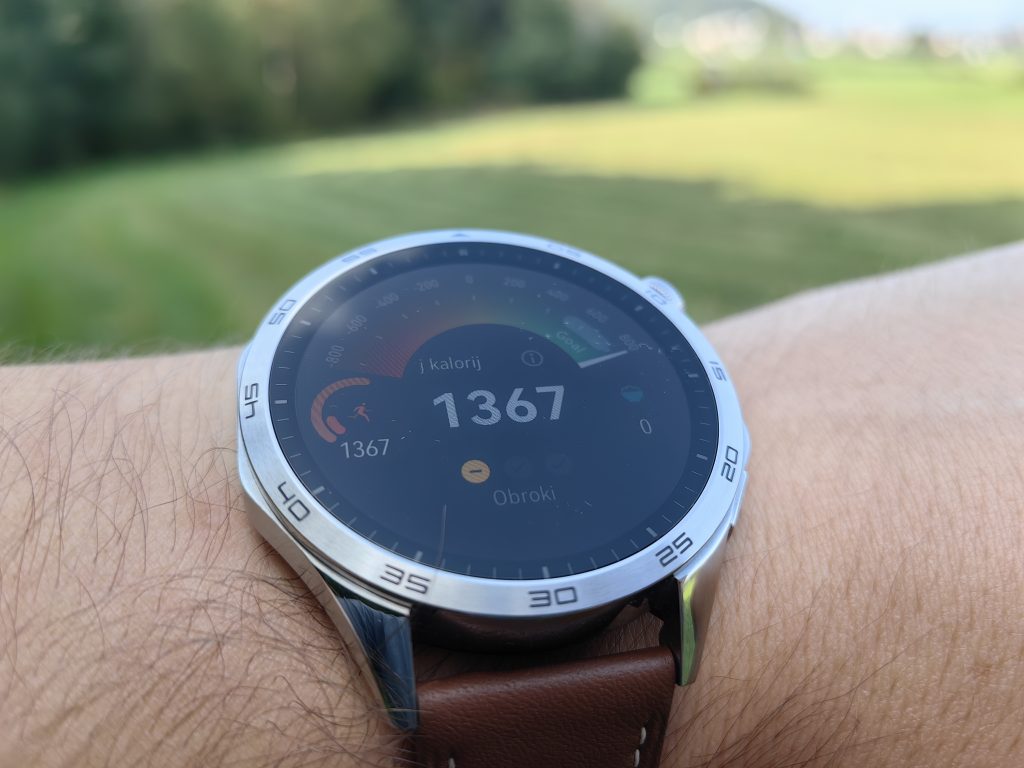
How do smartwatches count steps? How do the accelerometer and gyroscope work?
10,000 steps is that magic number listed on almost every smartwatch or similar fitness wearable. It appeared in Japan way back in 1964 and has since been considered the de-facto number for achieving optimal health. Whether this number is really a magic limit, we will not delve into it this time. Some experts agree, while others argue that even a smaller number of steps (around 7,000) leads to similar health effects.
Anyway, how does a smartwatch count steps? Acceleration sensor and gyroscope help with this.
The accelerometer captures various data, such as speed and acceleration, which can then be used for various purposes, such as calculating distance traveled (using GPS), average pace, stride length, and the like. The accelerometer sensor can also be used to monitor sleep patterns, which can help identify epileptic seizures. Although most smartwatches do not have this capability, these types of sensors are still used in certain medical devices.
The biggest limitation of acceleration sensors is the limit to which they can accurately measure acceleration. The watch can also have trouble distinguishing between certain activities or gestures, so it can become inaccurate when counting steps. For example, if you wave your hands in place, some sensors will detect this as a step.
There are two types of sensors:
- Piezoelectric, which use small crystals to perform measurements. When these crystals sense a force, they change and create an electrical signal that communicates how strong the force was.
- Capacitive sensors work on the principle of changes in electrical capacitance. They have two microstructures that move towards each other during acceleration. This changes the electrical capacitance between them and the sensor detects this change.
Because of these features and their small size, today sensors are almost always present in smart watches and even phones. In short, they help smart watches and other devices to understand how the user moves (running, walking, resting, jumping...).

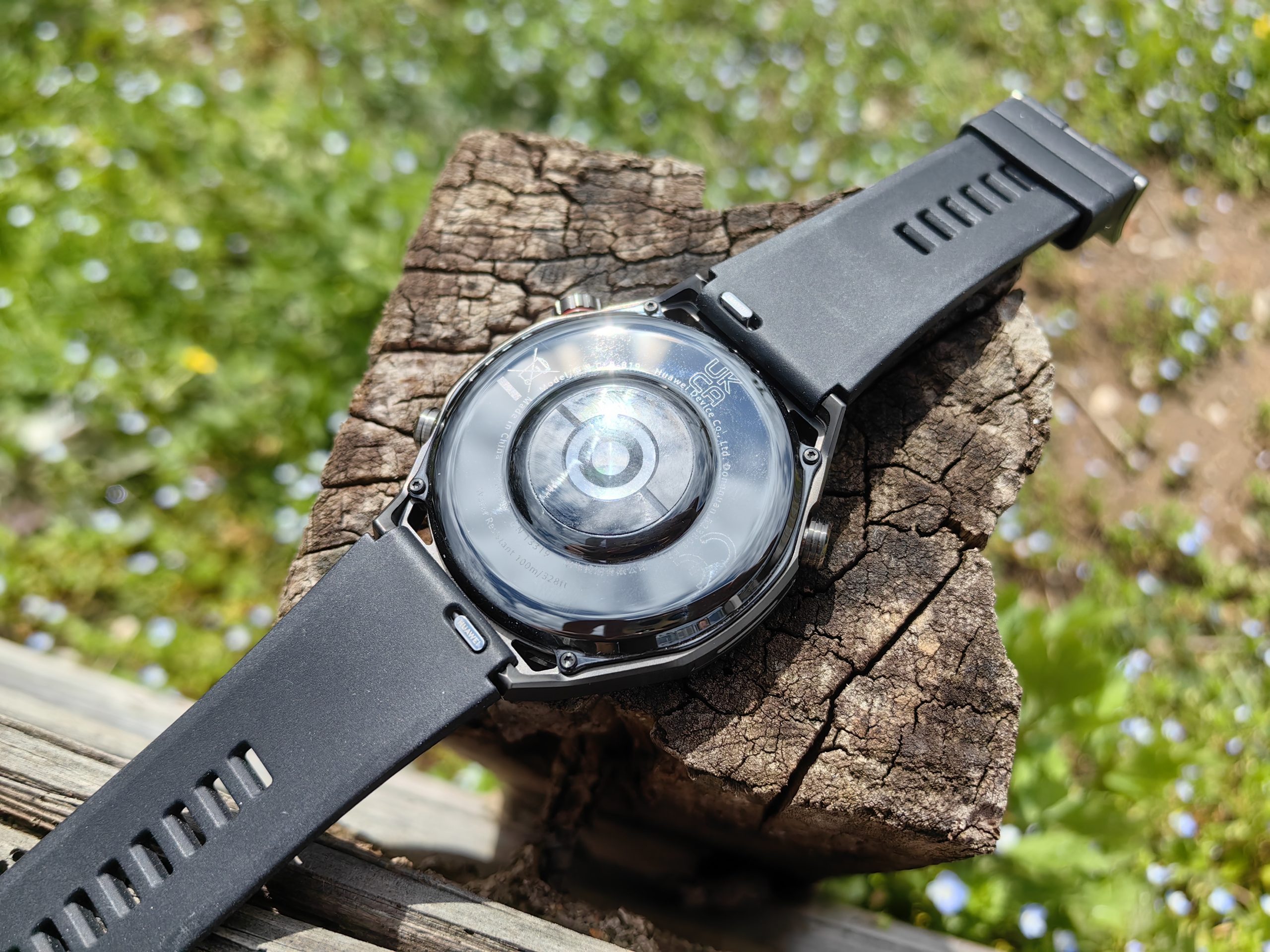
How do smartwatches measure heart rate? How does the optical heart rate sensor work?
Finally, you will get an explanation why the green light under the clock is always flashing. Smart watches usually have an optical sensor on the underside, which tries to measure the heart rate of the user with the help of green light. Why the green light? Spectroscopy is a discipline that deals with the analysis of the emission of light and other radiation from contact with a certain substance. Skipping the dry explanation, the important thing is that spectroscopy tells us that blood absorbs green light more easily because red and green colors are on the opposite side of the color spectrum.
An optical sensor on the back of the smartwatch detects the reflected light, which is very similar to a spectrometer. The main difference is that in clocks the light source and detector are placed on the same side, while in spectrometers they are opposite each other. The downside of this layout is that the heart rate measurement can be less accurate with watches.
Measuring heart rate using light is called photoplethysmography. The device measures the change in the concentration of red blood cells when the blood vessels expand and contract - dilated blood vessels absorb more green light, and contracted blood vessels absorb less green light. The detector measures the reflected light, and the software algorithm converts the changes in light intensity into your blink rate.
In addition to sensors, the latest smart watches also have advanced software, which allows them to detect potential problems, such as atrial fibrillation (irregular heartbeat), fairly accurately and early. Of course, there are deviations, as the measurements can be influenced by several factors. Even different skin pigmentations can lead to minor deviations.
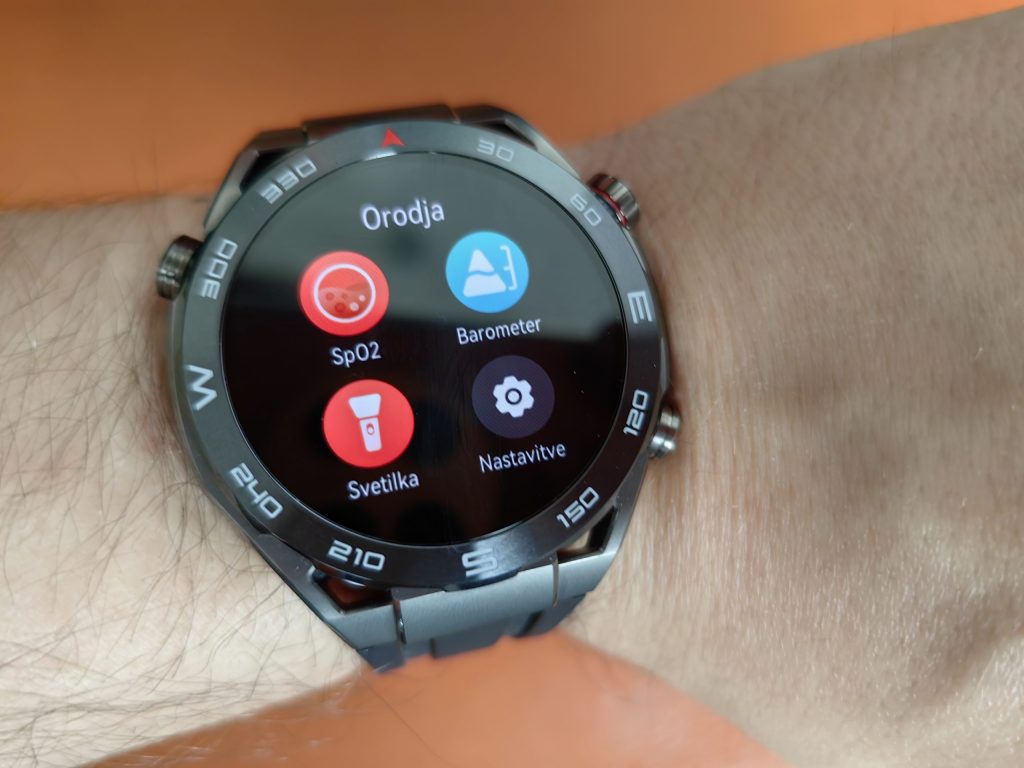
How smart watches measure blood oxygen saturation (SpO2)?
SpO2 or oxygen saturation is the percentage of hemoglobin in the blood that is bound to oxygen. In other words, it is a measurement that tells how much oxygen is being transported through the blood. This is one of the newer metrics found on smartwatches and other wearables. It is also very energy efficient and does not significantly affect the autonomy of the batteries of such devices.
It really came to life during the coronavirus pandemic when it was able to reveal if oxygen levels had fallen below recommended levels (95-100 % is optimal; below 70 % is life-threatening). The most accurate measurement of SpO2 is by drawing blood, but health professionals most often use pulse oximetry. An optical device is placed on the finger or earlobe, which, similar to heart rate measurement, directs light through the skin towards the detector.
A green light is used to measure pulse, while SpO2 and red and infrared. Oxygenated hemoglobin (saturated with oxygen) absorbs IR light and transmits red light, while deoxygenated hemoglobin transmits IR light and absorbs red light. Smart watches measure SpO2 by pulse oximetry by calculating the difference between IR absorption and red light. This way, for example, you can find out if you have sleep apnea.
How does ECG work on a smart watch?
A smartwatch with an ECG function (Apple Watch Ultra, Huawei Watch GT 4...) uses a single-electrode sensor to measure the electrical activity of the heart, located on the underside of the watch. This type of ECG can detect an irregular heart rhythm, but cannot detect, for example, left ventricular hypertrophy, which only a 12-lead ECG can detect. Although the EKG on a smartwatch cannot be as accurate and informative as a 12-lead EKG, it is still convenient for instant access to heart health data.
How does a magnetometer work?
A magnetometer is a device that measures magnetic forces. It is used together with accelerometers and gyroscopes in a device called an inertial measurement unit (IMU). This combination of sensors helps the device understand how it is moving and how it is oriented in space.
A magnetometer measures how the Earth's magnetic field affects the device. This is similar to what a compass does. This uses the principle of the Hall effect, according to which, if a current-carrying conductor is placed in a magnetic field, a voltage is created on the conductor perpendicular to the current and the magnetic field. The electrodes in the conductor collapse (their density changes) due to the magnetic field, resulting in a voltage reading. If the applied forces change, the voltage reading changes proportionally, indicating the value and direction of the magnetic field.
By using all three sensors, smartwatches can better track and interpret the wearer's movements. The magnetometer adds an additional layer of directional information that is useful for more accurate motion tracking.
How do smartwatches use GPS?
GPS is one of the most important elements of a smart watch (and phone). It is logically used for navigation. The data is sent to a satellite where the exact location and time are measured. This then acts as a transmitter and receiver, feeding data back to the smartwatch's sensor and recording the location. Thus, smart watches, for example, measure the distance traveled (with the help of an acceleration sensor and a gyroscope). In football, you have also already noticed that a map of where a certain player spent the most time is often used in analyses. This is thanks to the GPS, which can put a lot of strain on the wearable device's battery.
How do pressure sensors work?
Pressure sensors measure how strong forces are acting on something, such as a device or sports equipment. There are several different pressure sensors, which usually work on the basis of strain gauges or strain gauges.
In smart watches, we find barometric pressure sensors (barometers) that measure the atmospheric air in the environment, which allows them to determine the altitude. They can also help predict weather changes, but that's not their function in smartwatches.
There are also pressure sensors that use these Wheatstone bridges, which are a special type of electrical circuit to detect changes in resistance. They are used in sports equipment to measure the contact force on the ball or to monitor the movement of players. They can also be used to analyze gait, for example to measure the force exerted on different parts of the foot, which can help improve agility or reduce the risk of injury.
How do smartwatches measure stress?
Today, most smartwatches, such as the Samsung Galaxy Watch series, use heart rate variability (HRV) technology to assess stress. The latter measures the interval between heartbeats and is as important as the number of beats per minute in assessing physiological stress. HRV is controlled by our autonomic nervous system, the part of our nervous system that automatically adjusts heart rate, blood pressure, and breathing rate in response to external stressors. If the HRV level is low (if there are differences between heartbeats), this can be an indication that our nervous system is in a state of greater stress. If HRV is high (intervals between beats more varied), we are more likely to be relaxed.
Some smart watches (Fitbit Sense, Pixel Watch 2, etc.) do not use the HRV method, but a dedicated EDA sensor, i.e. a sensor for electrodermal activity, which analyzes the patterns of changes in the electrical conductivity of the skin caused by sweating. It also takes into account HRV, heart rate and skin temperature. With the help of algorithms and the EDA sensor, smartwatches look for sudden changes in these indicators and calculate stress levels and warn you about it.
These are the main sensors you will encounter on a smartwatch or other wearable device. Now you know how they work and you will be able to better understand when the data is accurate and why there are deviations. If you'd like to delve further into how different sensors work, I've listed some links below to research and articles that explore how sensors and wearables work.



